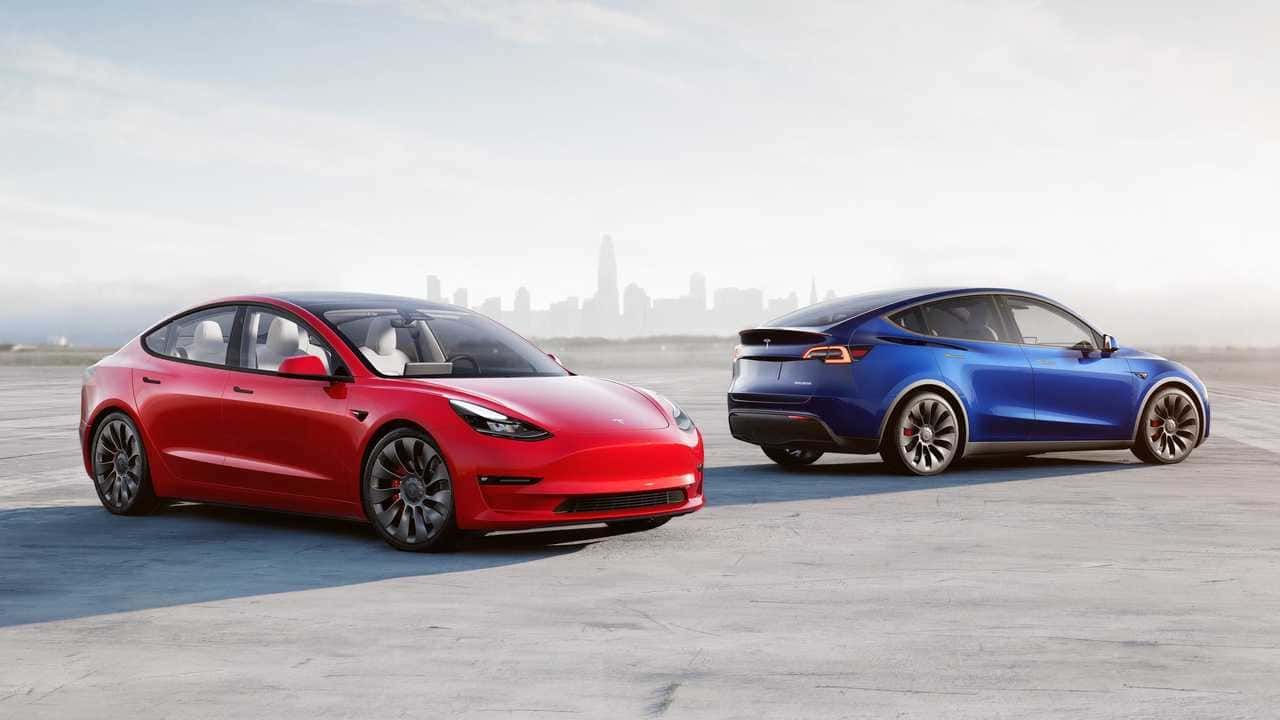Between September 1 and September 17, Li Auto was 20,100, Nio was 9,900 and Xpeng was 6,900.
The post China EV insurance registrations for week ending Sept 17: Nio 3,900, Li Auto 9,100, Tesla 8,500 appeared first on CnEVPost.
For more articles, please visit CnEVPost.


